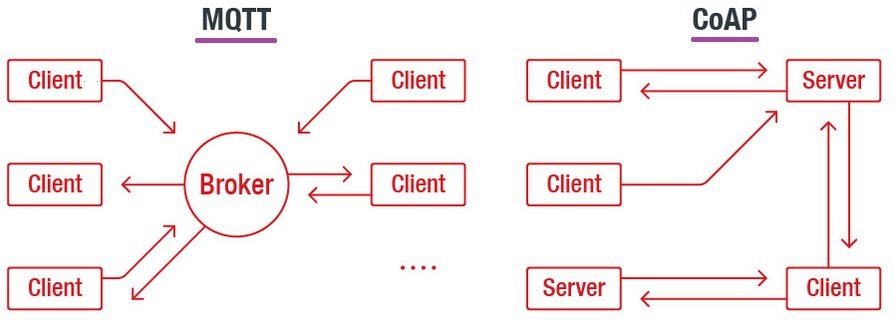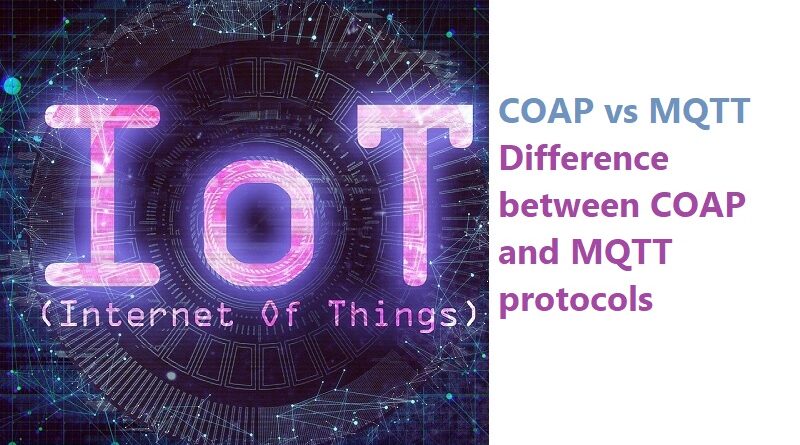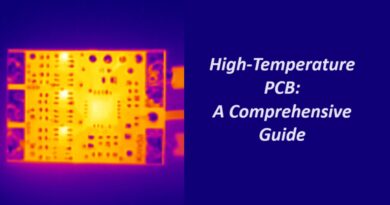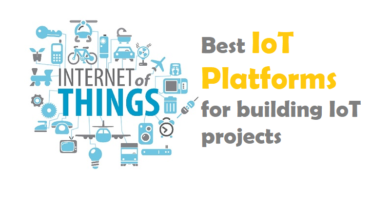COAP vs MQTT | Difference between COAP and MQTT protocols
COAP and MQTT both are most popular Communication protocol in Internet of things. In the post we talk about CoAP vs MQTT.
What is MQTT ?
MQTT used to stand for MQ Telemetry Transport, but is today referred to simply as MQTT and is no longer an acronym. It is a communication protocol widely used in both IoT and IIoT deployments. MQTT is a publish-subscribe protocol that facilitates one-to-many communication mediated by brokers. Clients can publish messages to a broker and/or subscribe to a broker to receive certain messages. Messages are organized by topics, which essentially are “labels” that act as a system for dispatching messages to subscribers.
Read more about MQTT – MQTT | What is MQTT | MQTT in Depth | QoS | FAQs | MQTT Introduction
What is COAP ?
Constrained Application Protocol (CoAP), on the other hand, is a client-server protocol that, unlike MQTT, is not yet standardized. With CoAP, a client node can command another node by sending a CoAP packet. The CoAP server will interpret it, extract the payload, and decide what to do depending on its logic. The server does not necessarily have to acknowledge the request.
Read more about – CoAP Protocol- Constrained Application Protocol
Both MQTT and CoAP protocols are :
- Are open standards
- Are better suited to constrained environments than HTTP
- Provide mechanisms for asynchronous communication
- Run on IP
- Have a range of implementations
COAP vs MQTT | Difference between COAP and MQTT protocols

Following table compares various features of COAP vs MQTT and tabulates difference between CoAP and MQTT protocols.
| Features | CoAP | MQTT |
|---|---|---|
| Full Form | Constrained Application Protocol | Message Queue Telemetry Transport |
| Model used for communication | Request-Response, Publish-Subscribe | Publish-Subscribe |
| RESTful | Yes | No |
| Transport layer | Preferably UDP, TCP can also be used. | Preferably TCP, UDP can also be used (MQTT-S). |
| Header Size | 4 Bytes | 2 Bytes |
| Number of message types used | 4 | 16 |
| Messaging | Asynchronous & Synchronous | Asynchronous |
| Application Reliability | 2 Levels | 3 Levels |
| Security | IPSEC or DTLS | Not defined in the standard |
| Intermediaries | YES | YES (MQTT-S) |
| LLN Suitability (thousand nodes) | Excellent | Fair |
| Application success stories | Utility Field Area Networks | Extending enterprise messaging into IoT applications |
Comparison CoAP vs MQTT
MQTT and CoAP are both useful as IoT protocols, but have fundamental differences.
MQTT is a many-to-many communication protocol for passing messages between multiple clients through a central broker. It decouples producer and consumer by letting clients publish and having the broker decide where to route and copy messages. While MQTT has some support for persistence, it does best as a communications bus for live data.
CoAP is, primarily, a one-to-one protocol for transferring state information between client and server. While it has support for observing resources, CoAP is best suited to a state transfer model, not purely event based.
MQTT clients make a long-lived outgoing TCP connection to a broker. This usually presents no problem for devices behind NAT. CoAP clients and servers both send and receive UDP packets. In NAT environments, tunnelling or port forwarding can be used to allow CoAP, or devices may first initiate a connection to the head-end as in LWM2M.
MQTT provides no support for labelling messages with types or other metadata to help clients understand it. MQTT messages can be used for any purpose, but all clients must know the message formats up-front to allow communication. CoAP, conversely, provides inbuilt support for content negotiation and discovery allowing devices to probe each other to find ways of exchanging data.
Both protocols have pros and cons, choosing the right one depends on your application.
Useful links :
Thanks for reading. If you like this post probably you might like my next ones, so please support me by subscribing my blog.





Pingback: IoT Protocols and Communication APIs - IoTbyHVM - Bits & Bytes of IoT
Pingback: Arduino PubSubClient | Arduino Client for MQTT - IoTbyHVM
Thank for sharing information , it help me for building basic understanding about COAP and MQTT.
now MQTT-S is renamed with MQTT-SN (sensor network).
https://mqtt.org/tag/mqtt-s
Pingback: Coapmqtt比較 - COAP vs MQTT | Difference between COAP and MQTT protocols